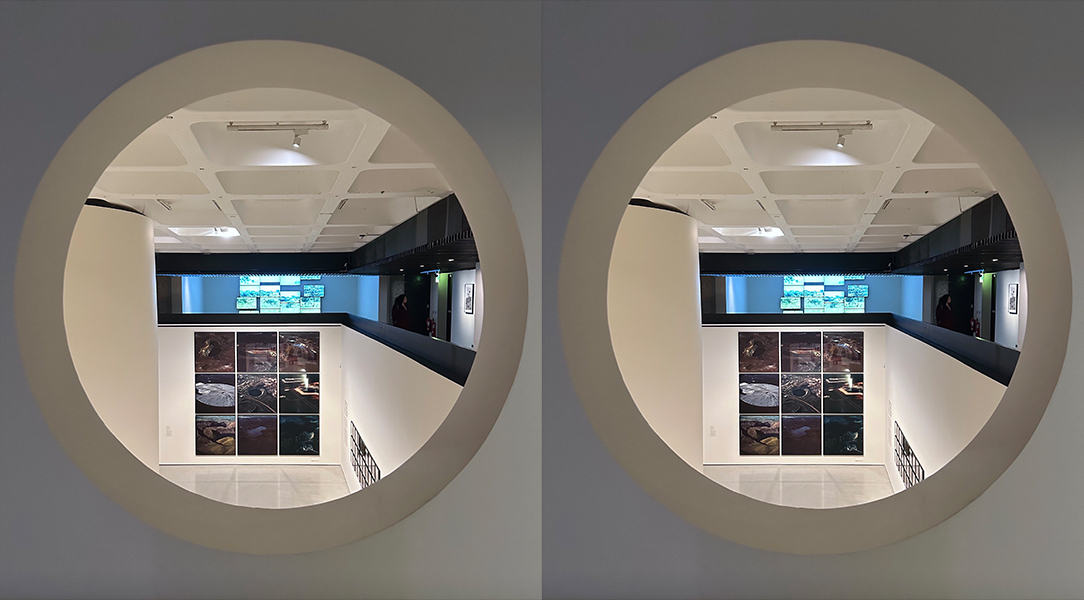The intersection of art and artificial intelligence has recently taken a contentious turn, with thousands of British artists, including David Hockney, Bridget Riley, Damien Hirst and Tracey Emin, discovering their works were used to train the AI software Midjourney. This revelation has prompted US lawyers to explore the possibility of a class action against Midjourney and other AI firms accused of “copyright laundering.”
Initially brought forth by 10 American artists in California, the class action targets Midjourney, along with other AI entities such as Stability AI, Runway AI, and DeviantArt. The lawsuit alleges that these firms, despite presenting their AI image products in lofty terms, primarily function as “copyright-laundering devices,” offering customers the benefits of art without compensating the original artists adequately.
Midjourney, the focal point of the legal proceedings, faces a deadline of 8 February to respond to the claims. Notably, the list of aggrieved artists, totalling 16,000 names, includes prominent figures such as Rachel Whiteread, and Anish Kapoor. The artists’ plight has sparked a unified response from the art community, with British artists exploring the possibility of joining the class action.
Tim Flach, President of the Association of Photographers and an internationally acclaimed photographer whose name appears on the list, emphasized the need for artists to unite and challenge the alleged misuse of their works. The controversy centres on Midjourney generating images similar to original works, leading to accusations of copying and potentially infringing artists’ livelihoods.
The legal developments coincide with a broader call for regulatory measures to safeguard artists’ rights in the wake of the rise of generative AI. A recent survey by the Design and Artists Copyright Society (DACS) revealed that 89% of 1,000 artists and agents desire government intervention to regulate generative AI, with 22% discovering that their work has already been used to train AI.
DACS advocates for a licensing approach, similar to the royalties paid by Spotify to musicians, to ensure fair compensation for artists whose works contribute to AI training. The push for regulation gained momentum after initial attempts to amend copyright laws faced opposition from the creative sector.
The legal landscape surrounding AI-generated art is expanding, with Getty Images challenging Stability AI for breaching copyright and researchers at the University of Chicago developing tools to disrupt AI databases. While some artists, such as Julia Fullerton-Batten, express shock and horror at discovering their names on Midjourney’s list, others grapple with the allure of AI, exploring its potential as a tool for creative problem-solving.
The AI art controversy highlights the complexities artists face in navigating the thin line between inspiration and plagiarism in an era where technology plays an increasingly prominent role in the creative process. As the legal battle unfolds, the art world awaits the response from tech firms accused of “copyright laundering,” with broader implications for the intersection of artificial intelligence and artistic expression.
What is AI Art
AI art refers to artworks generated or created with artificial intelligence (AI) algorithms and technologies. It represents a convergence of traditional artistic expression and cutting-edge technology, where machines assist, augment, or even autonomously create visual or conceptual pieces. There are various techniques and approaches within the realm of AI art:
Generative Adversarial Networks (GANs): GANs are a widespread technique in AI art creation. In a GAN, two neural networks—the generator and the discriminator—work together. The generator creates images, and the discriminator evaluates them. Through repeated iterations, the generator aims to produce increasingly realistic photos, generating unique and often surprising artworks.
Neural Style Transfer: This technique involves applying one image’s style to another’s content. Neural networks analyze the content and style of two separate images and combine them to create a new piece that retains the content of one image but adopts the artistic style of another. Deep Dream: Developed by Google, Deep Dream uses neural networks to enhance and modify images, often resulting in surreal and dreamlike visuals. The algorithm amplifies patterns it recognizes in an image, creating intricate and sometimes bizarre effects.
Data-Driven Art: Some AI artists use large datasets to train algorithms to create art based on patterns and information within the data. This can lead to unique visualizations or interpretations of the underlying information. Reinforcement Learning: Artists and researchers are exploring using reinforcement learning algorithms to create art. These algorithms learn by trial and error, adjusting their outputs based on feedback, which can result in evolving and dynamic artistic creations.
AI art raises questions about the role of the artist, the creative process, and the definition of art itself. While some AI art is created with minimal human intervention, others involve collaboration between artists and machines. The field continues to evolve, pushing the boundaries of what is possible regarding artistic expression and challenging traditional notions of authorship and creativity.
Top Photo © Artlyst 2024

